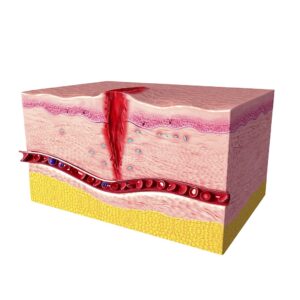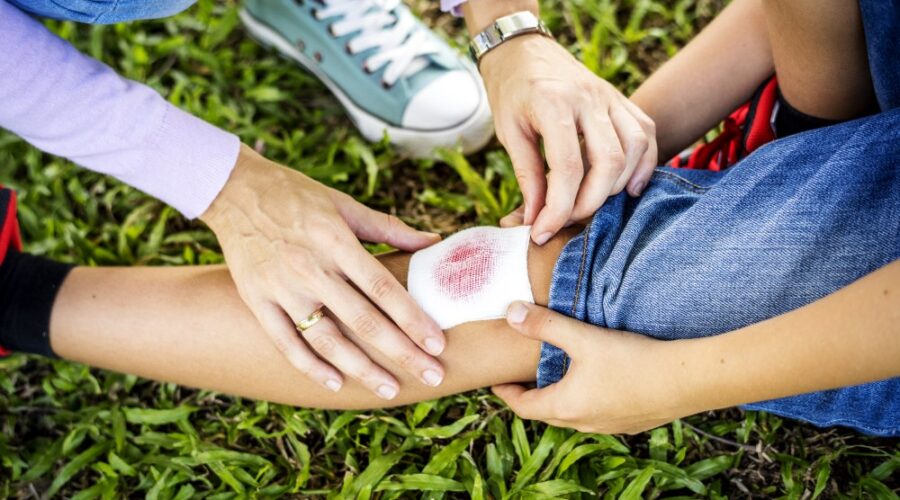Wound Healing – Stages of Healing
Wound Healing
If you have been injured or have just sustained an injury that has caused swelling, pain, redness, or a variety of other symptoms, you should consider seeking out professional medical attention. A doctor can diagnose the nature of your injuries and prescribe the appropriate medication to alleviate your pain and discomfort. It is important to ensure that you follow your doctor’s advice regarding the severity of your injuries and whether or not they require surgery. Surgical procedures are sometimes necessary in order to ensure that your injuries heal properly or at least remain relatively stable. Some types of healing are considered ‘foot-in-mouth’ or non-surgical, although these are very rare.
Process of Skin Healing

One of the most common forms of healing involves the repair of tissue and the reduction of inflammation. Wound healing is simply the process by which the skin heals itself after it has gone through damage from injuries. There are basically three major types of tissue damage, depending upon the injury and treatment type. These are known as primary, secondary, and tertiary healing. Each one addresses different issues in the body, but they all depend upon the extent of tissue damage that has occurred.
Primary healing Phase
The primary healing phase occurs as the tissue heals itself. This is generally the shortest phase since it is the result of the injured area needing to ‘rest’ and regain its strength and ability to repair itself. This rest period is generally only a couple of days, though some doctors may recommend that it be longer if there are significant differences between the injured part and surrounding healthy tissue. The primary phase is often the first step toward full recovery, but it is also followed by the formation of scar tissue.
The scar tissue phase can take anywhere from several weeks to a few months to completely heal, depending upon the severity of the injury and the amount of healing that has taken place.
Secondary Healing Phase
The secondary healing stage takes place as the body adjusts to the loss of function, as well as to the new structure that has been formed. The second stage, called the maintenance phase, is usually reserved for those people who were fairly healthy before the accident or trauma occurred. During this time, the body tries to compensate for whatever is missing and attempts to restore as much function as possible. At this point, doctors suggest that patients begin their third stage of healing.
Third Stage of Healing
The third stage is actually divided into four separate stages. The initial wound healing phase encompasses the initial healing process and any adjustments that must be made to the patient’s current wound conditions. The secondary healing process is the attempt to eliminate or at least reduce the likelihood of future tissue damage. Finally, the tertiary stage of the wound-healing process takes place in an effort to restore as much function as possible and decrease the likelihood of scars being formed.
While wounds can be healed in any of these four stages, most doctors recommend treating their patients according to the order in which they appear. If a wound heals first according to the first stage, the intention is to treat that wound as thoroughly as possible and to avoid further trauma to the area.
If the wound heals in the middle stage, the goal is to reduce the likelihood of re-infection while also trying to repair the initial damage. And finally, if a wound does not heal at all, the treatment is to attempt to remove any foreign matter that may have remained attached to the area.
Most physicians will recommend that wounds heal either on their own or via the use of an antibiotic or cortisone cream. While there is some debate about which is more effective, most doctors agree that the results achieved through the use of antibiotics and cortisone are much more effective than applying topical creams or oils to the wound.
This is due to the nature of the underlying tissue, which is not able to quickly absorb these substances, although some types of fatty tissues and lubricants can over time be compromised. If left unchecked, this progression can lead to the formation of a hole in the skin called a suture line, which is a critical complication and which can require reconstructive surgery to repair.
The second phase of wound healing occurs after the inflammatory process has been sufficiently handled. If the initial wound problem has been resolved, this is referred to as the inflammatory response and is generally what we call a scar.
There are a wide range of different methods for dealing with this inflammation, including the use of steroids and the injection of collagen into the area to promote collagen production and to close up any breaches in the skin’s fatty tissue. In order to achieve closure, the thickened collagen must be injected into the area to thicken the skin, which will also bind the wound and help it heal properly.



